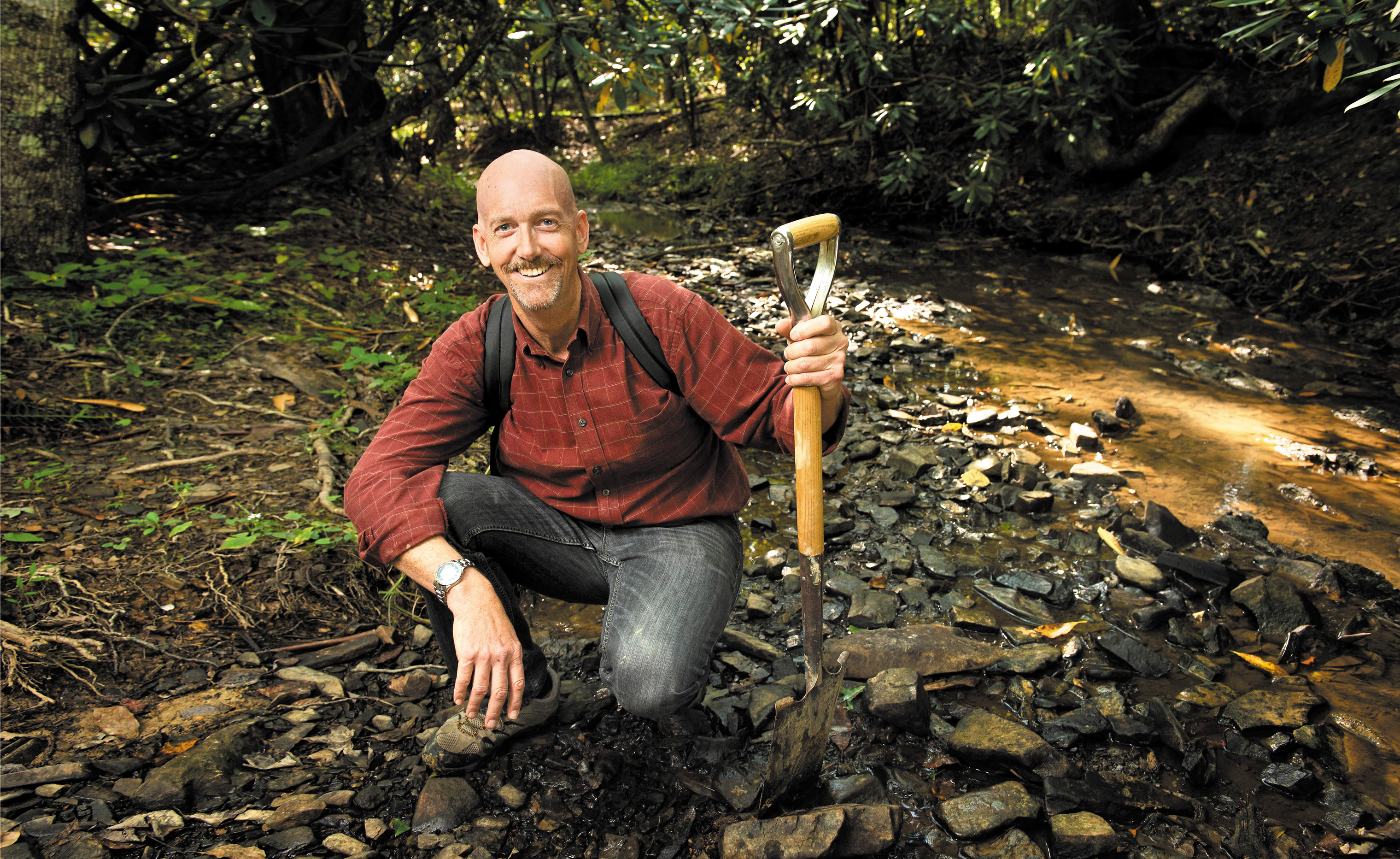Land managers to gain tools to mitigate greenhouse gas emissions

Trees take in and store a lot of carbon dioxide, or CO2, a greenhouse gas. Being able to measure forestry and agricultural intake and emissions of CO2 is critical to developing a strategy for addressing climate change by reducing greenhouse gases.
A team of 38 scientists, including a Virginia Tech researcher, has developed science-based methods for measuring fluxes in greenhouse gases, the U.S. Department of Agriculture announced on July 31. The standardized methods can be used to quantify changes in greenhouse gas emissions and carbon storage following a change in land or forest management, such as adoption of a new practice or technology.
Stephen Prisley, associate professor of forest inventory and geographic information systems in Virginia Tech’s College of Natural Resources and Environment and director of the Center for Natural Resources Assessment and Decision Support, wrote the section of the USDA report about management to increase carbon storage.
“Half of the dry weight in trees is carbon. Anything you can do to increase growth will increase stored carbon, which removes more CO2 from the atmosphere,” said Prisley, an expert in sustainable land management and carbon sequestration in managed forests.
“My contribution was how to measure dry weight, carbon uptake, and change,” Prisley said. “Other faculty members in the Department of Forest Resources and Environmental Conservation study fertilization, soils, genetics, and what trees grow the fastest, for instance. I consulted with them for their expert knowledge.”
“Measuring involves the use of data such as soil maps to tell us how productive a site would be and satellite imagery to determine land cover and assess the health of tree stands,” he continued. “For example, we can determine the age of a stand by comparing growth from images collected since 1980.”
The USDA report is geared to small landowners who want to increase carbon storage through agriculture or forestry, Prisley said.
“From the information in this report, user-friendly tools are being developed that will help land managers who are considering entry into the voluntary (carbon storage) market space,” said Marlen Eve, an environmental scientist with the USDA Climate Change Program Office.
While carbon storage is voluntary in the U.S., some countries assign carbon credits to practices that increase carbon storage to compensate for emissions by others. Some companies sell their carbon credits.
“Virginia has a lot of land that could be producing both environmental services and economic benefits for landowners,” Prisley said. “My hope is to see better management making contributions in both arenas.”
A landowner with idle land could convert it to trees to store carbon. The report explains how to map and inventory a forest based on acreage, how big the trees are, how old they are, and what species they are.
“An example of a tool that will be available is a website where a farmer could receive an estimate of how much carbon would be stored under different options,” Prisley said. “If you are starting with bare ground, you enter the type of soil and where you are located, then explore the options regarding tree species.”
Even when harvesting a forest, decisions can be made to mitigate greenhouse gas emissions, Prisley said.
“Carbon is still stored in wood products, from cardboard boxes to furniture. If your wood is used for short-lived products that are burned after use, the stored carbon is released quickly back into the atmosphere. If the wood is used to build a home, other structure, or furniture, the carbon is retained for decades,” Prisley said. “Even the woody residues left over from harvesting can be used to generate energy in place of fossil fuels.”
The report also addresses what to do with the land after a timber harvest to continue or resume pulling carbon dioxide from the atmosphere.
In addition to using the methods in the report to assess the greenhouse gas performance of current and future conservation programs and initiatives, the USDA will use the methods to prioritize research and data collection to improve agriculture and forestry greenhouse gas inventory from local to national scales, according to the fact sheet issued by the agency.




